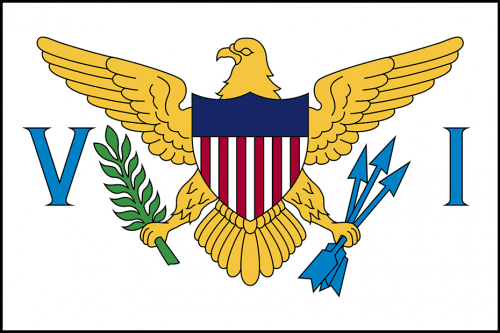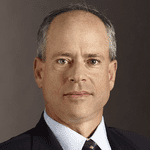
Press release: U.S. Virgin Islands adopts feed-in tariff to increase renewable energy generation
New law will bring 15 megawatts of local renewables online to reduce the cost of electricity and strengthen the local economy.
May 20, 2014
NEWS RELEASE: U.S. Virgin Islands adopts feed-in tariff to increase renewable energy generation
New law will bring 15 megawatts of local renewables online to reduce the cost of electricity and strengthen the local economy
St. Thomas, U.S. Virgin Islands – Yesterday, U.S. Virgin Islands (USVI) Governor John de Jongh signed the “Feed-In Tariff Act” into law, which allows residents to build renewable energy projects and sell all the electricity to thelocal utility.
Currently, the USVI is almost entirely dependent on dirty and expensive imported fossil fuels for electricity, and retail electric rates average over $0.50 per kilowatt-hour. Local renewables can be deployed far more cost-effectively than any fossil fuel solution there. Craig Barshinger, a USVI Senator and author of the Feed-In Tariff Act, recognized the necessity of deploying cost-effective renewables rather than continuing to rely on increasingly expensive fossil fuels. “We need to be more efficient to survive with high fuel prices,” he said.
Through the feed-in tariff, the Water and Power Authority (WAPA) will purchase up to 15 megawatts of local renewables. The price paid for energy will be less than WAPA’s avoided wholesale cost and is expected to be around $0.26 per kilowatt-hour, according to Barshinger. Renewable energy generators will enter a power purchase agreement with WAPA lasting between 10 and 30 years.
Renewable energy systems between 10 and 500 kilowatts can participate. Project sizes were constrained to secure broad participation and widespread economic benefits. Additionally, an array of renewable technologies are eligible for the program – including, solar, wind, biomass, and geothermal – to encourage a diverse energy generation portfolio.
While the feed-in tariff marks a significant step towards cleaner, more affordable and more reliable power on USVI, Barshinger believes this is just the beginning in a larger effort to modernize the USVI’s power grid. “Now that WAPA has adopted a cooperative stance, energy storage and grid stabilization come next.”
The non-profit Clean Coalition is well positioned to support the U.S. territory as it transitions towards renewable energy and a modern grid. Craig Lewis, Executive Director of the Clean Coalition, has made multiple visits to the USVI to lay the groundwork for a Community Microgrid on the island of St. John, which is designed to use local renewables to provide at least 25% of the total electric energy consumed on the island while at least maintaining power quality and significantly improving grid reliability and resilience. With established relationships at WAPA and the Energy Office, the Clean Coalition looks to leverage its extensive grid modeling and project development expertise to support significant levels of renewable energy in the USVI. The Clean Coalition’s Hunters Point Community Microgrid Project in San Francisco shows the tremendous promise of local renewables and illustrates the vast range of economic and environmental benefits that a Community Microgrid can deliver to the USVI.
“The opportunity for the Virgin Islands is clear – local renewables provide cheaper power and robust economic stimulation, including local job creation and private investment,” said Lewis. “Now, the feed-in tariff can initiate a real deployment effort of renewables in the Virgin Islands and a Community Microgrid project can show the way for maximizing the benefits of getting to significant levels of local renewables. The Clean Coalition looks forward to helping make the Virgin Islands a renewable energy showcase for the world.”
###
Contact:
John Bernhardt
john@clean-coalition.org
(703) 963-8750
About the Clean Coalition
The Clean Coalition is a nonprofit organization whose mission is to accelerate the transition to renewable energy and a modern grid through technical, policy, and project development expertise. For further information on the Clean Coalition, please visitwww.clean-coalition.org.

